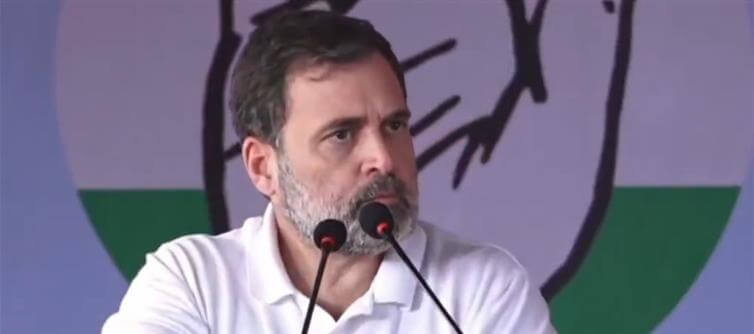
At the very top tier—institutions like IIM ahmedabad or Calcutta—the job market still shows resilience. For the 2025 batch, placement rates remained high, hovering between 95–100%, with average salaries in the ₹32–34 LPA range and some exceptional packages crossing ₹1.5 crore, particularly in finance and consulting. These statistics reflect continued demand for top talent in elite circles, especially from multinational firms.
However, the situation deteriorates quickly as one moves beyond the top institutes. Even among the older IITs, placement rates have dipped to 70–80%, a significant fall from their peak near 90% in 2021. This decline is being largely attributed to economic headwinds, reduced tech hiring, and disruptions caused by AI and automation. Fields that once guaranteed jobs—software development, electronics, and mechanical engineering—are now witnessing oversupply and diminishing demand. A widening gap is emerging between the skills students graduate with and the requirements of a rapidly evolving, tech-first global economy. These elite institutes still offer some cushion, but even they are not immune to broader market trends.
Most alarming, however, is the grim picture faced by graduates from second- and third-tier institutions. Data shows that nearly 83% of engineers and over 50% of MBA graduates remain unemployed or underemployed after graduation. These numbers expose the structural flaws in India’s higher education and employment ecosystem. While top colleges still offer hope, they represent a tiny fraction of India’s student population. For the majority, degrees increasingly fail to deliver the promised return on investment. In this context, rahul Gandhi’s criticism resonates more than many would like to admit—India risks turning a generation of young, educated citizens into frustrated job seekers, unless sweeping reforms are implemented in both education and industry alignment.




 click and follow Indiaherald WhatsApp channel
click and follow Indiaherald WhatsApp channel